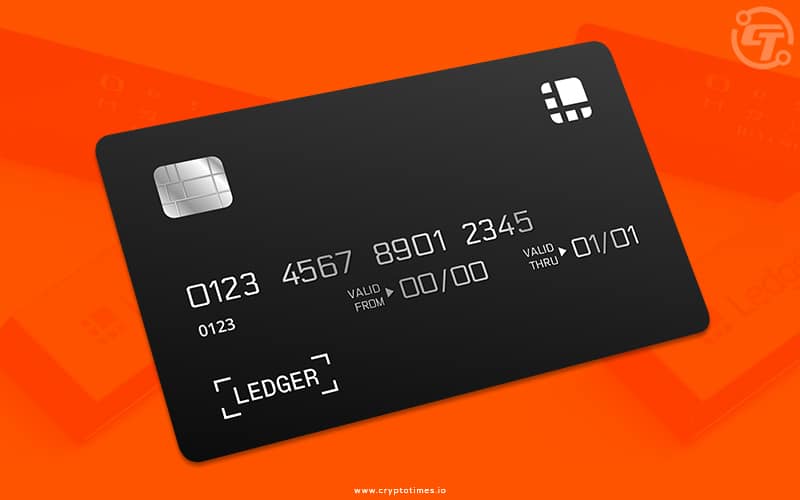In Brief:
- Ledger launches a debit card for customers to use their crypto directly.
- The CL card supports Bitcoin, ETH, and stablecoins including USDC and Tether.
- The card will be available to users in the U.K., Germany, and France, in the first quarter of 2022.
The leading cryptocurrency wallet maker, Ledger, announced the launch of a debit card through which customers will be able to use their crypto directly.
The Crypto Life card “CL” was unveiled at Ledger’s bi-annual Op3n conference. Prior to the release of the CL card, Ledger had launched a waitlist.
Ledger Live, a desktop and mobile application that allows Ledger users to purchase, swap, and stake bitcoins, is linked to the debit card.
Users can use the Ledger Live platform, which links to Ledger devices via cable or Bluetooth, based on the device.
Transactions on the card are processed through the Visa network. Unless a user chooses to obtain a cash line of credit based on their crypto collateral, Ledger will turn a user’s crypto into fiat to pay merchants for any purchase.
Bitcoin, ETH, and stablecoin USDC and Tether (USDT) are all supported on the CL card.
The debit card will be available to users in the United Kingdom, Germany, and France, in the first quarter of 2022, with the United States following in the second quarter.
Card users will also be able to have all or a portion of their paycheck deposited into their debit account, where they may then convert it to Bitcoin or Ethereum.
Ledger also revealed plans to make sending NFTs between wallets safer. At the point of signing, the platform plans to break down NFT transactions and explain what’s going on on its mobile app.
The app gave transaction details, including the destination address, and how the token is transmitted in a demo provided by Charles Hamel, VP of product at Ledger.
Rarible has been incorporated into Ledger Live, allowing Ledger owners to buy and sell NFTs while still using the hardware wallet to complete transactions.
As its first hardware wallet, Coinbase Wallet now supports Ledger. This will serve as a replacement for Ledger Live, allowing users to interact with blockchain applications through their web browser while maintaining access to their hardware wallet.
Ledger Live’s trading options have also been enhanced with the addition of FTX to the list. This implies that Ledger Live users can transfer assets from their hardware wallet to the exchange and continue to trade within the program.
The S Plus, an update to Ledger’s successful Ledger Nano S device, was also announced.
One significant distinction is that it is developer-friendly, allowing developers to test directly on the device rather than via an emulator. Another distinction is that it has a greater memory capacity.
Ledger’s chief experience officer Ian Rogers stated, “Memory is important because, as we bring all these new use-cases to Ledger Live, you need more space.”
Payments are a hot topic in the crypto world, but they’re underused. However, now that large corporations like Mastercard have entered the crypto payments space, this seems to be steadily changing. Last month Mastercard partnered with three prominent crypto firms to offer crypto-linked payment cards in the Asia Pacific.






